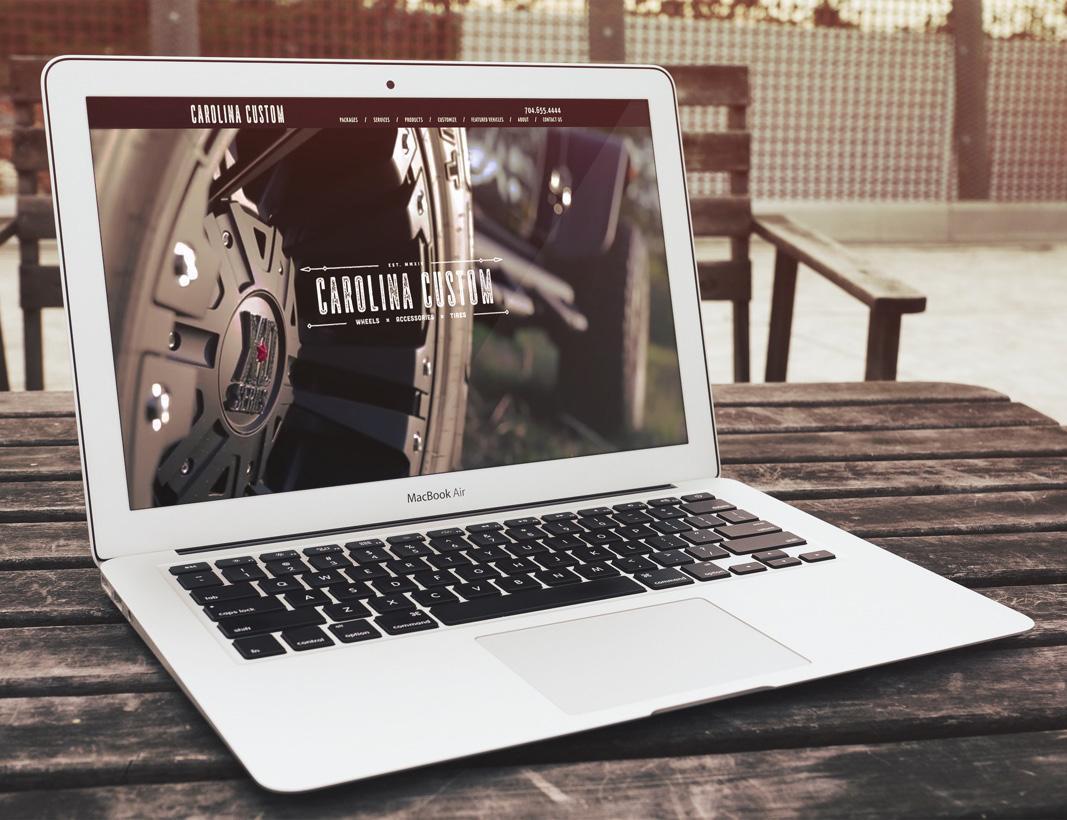enCOMPASS Agency
The Benefits of Sending an Email Newsletter
Amidst flashier, more high-tech marketing solutions, the email newsletter has sadly been lost in the shuffle. Yet ignoring this key form of customer outreach could be detrimental to your broader marketing outcomes. The simple reality is that email newsletters work; they remain one of the most valuable ways for businesses to directly engage with their customers. When properly managed, an email newsletter can lead to a greater brand rapport, to increased website traffic, to more conversions, and beyond.
Simple Ways to Improve Local SEO
In 2019, SEO is local. That’s doubly true for brick and mortar businesses, which thrive on being easily discoverable by search engine users in the immediate area. That’s ultimately what gets people filing into the restaurant or the store, and as such, it’s no exaggeration to say that local SEO can make or break your broader marketing efforts.
Most companies find it difficult to grow a vibrant online presence without the use of Facebook advertising; as such, it may come as an unwelcome surprise to find that the costs of advertising on Facebook are steadily increasing.
How to Build a Perfect Location Page
Not every business website needs individual pages that are optimized by location. If you have multiple stores, multiple offices, or multiple restaurants, however, there can be a real SEO benefit to developing these geographically focused “location pages.” In particular, these pages, when properly optimized, can show up in the Google map pack and in other localized SERP listings, e.g., “near me” queries. The question is, what steps should you take to ensure that these location pages perform the way they’re supposed to?
Using Online Reviews to Build Consumer Trust
There’s no way around it: If you want to convince consumers to spend money on your product or service, you first have to convince them that you’re trustworthy. Proving trustworthiness can be easier said than done, but in today’s consumer landscape, there’s one very basic currency for credibility… and that’s online reviews.
As digital communication channels mature, and as they become increasingly ubiquitous in everyday life, we’re seeing more and more flags raised about issues like online privacy and security. Slowly but surely, those raised flags are spilling over into legislative action, and in some cases that legislative action has implications for marketers.
Welcome to the second installment of our "Meet the Team" series, which features members of our enCOMPASS Agency team. We've selected our next target, asked a handful of questions, and posted the interview here—just to share who we are and why we do what we do.
5 Things to Ask Your Web Designer
The process of designing your new business website can be intensely rewarding—even fun. Or, it can be an exercise in frustration. The key factor is in the website design team you use. By working with a skilled and reputable team—a team with whom you find it easy to communicate—you can ensure that your design process goes smoothly, and that the final product is something that fills you with pride.
Maintaining a robust online presence can be a full-time job unto itself. In fact, digital marketing can sometimes feel like several full-time jobs—PPC, SEO, content creation, website development and maintenance, social media strategies and beyond.
Why Internal Linking is an SEO Essential
“Link building” has long been a popular phrase in SEO circles—and not without reason. Links to other websites can play an important role in developing your own site’s reputation and authority. Sometimes, though, the emphasis on link building is a little one-sided, slanted toward the inclusion of external links, as well as backlinks from relevant third-party sites.
-
08/10/2021
Why Citation Services Are the First Step in Local SEO
-
01/24/2020
9 Local Search Resolutions for 2020
-
12/26/2019
Why Citations Matter for Your Business
ready to get started?
-
did you know?
A lot of our best work… is invisible.
We use microdata on all of the sites we build to make sure important details like address and business hours are passed on to Google and other search engines, making it easier for your customers to find you both on and off the web.
stay ahead.
-
Search Engine Marketing (SEM) Google Insights Search Engine Optimization (SEO)
How AI-Driven Automation Can Transform Your Business
-
Marketing Mobile Advertising Video Advertising
The Future of Podcast Advertising: How to Stay Ahead in 2025











